NZ-bound 'baby' Raptor revealed
/Toughened styling and build and extra grunt come with the new performance edition of New Zealand’s favourite one-tonne ute.
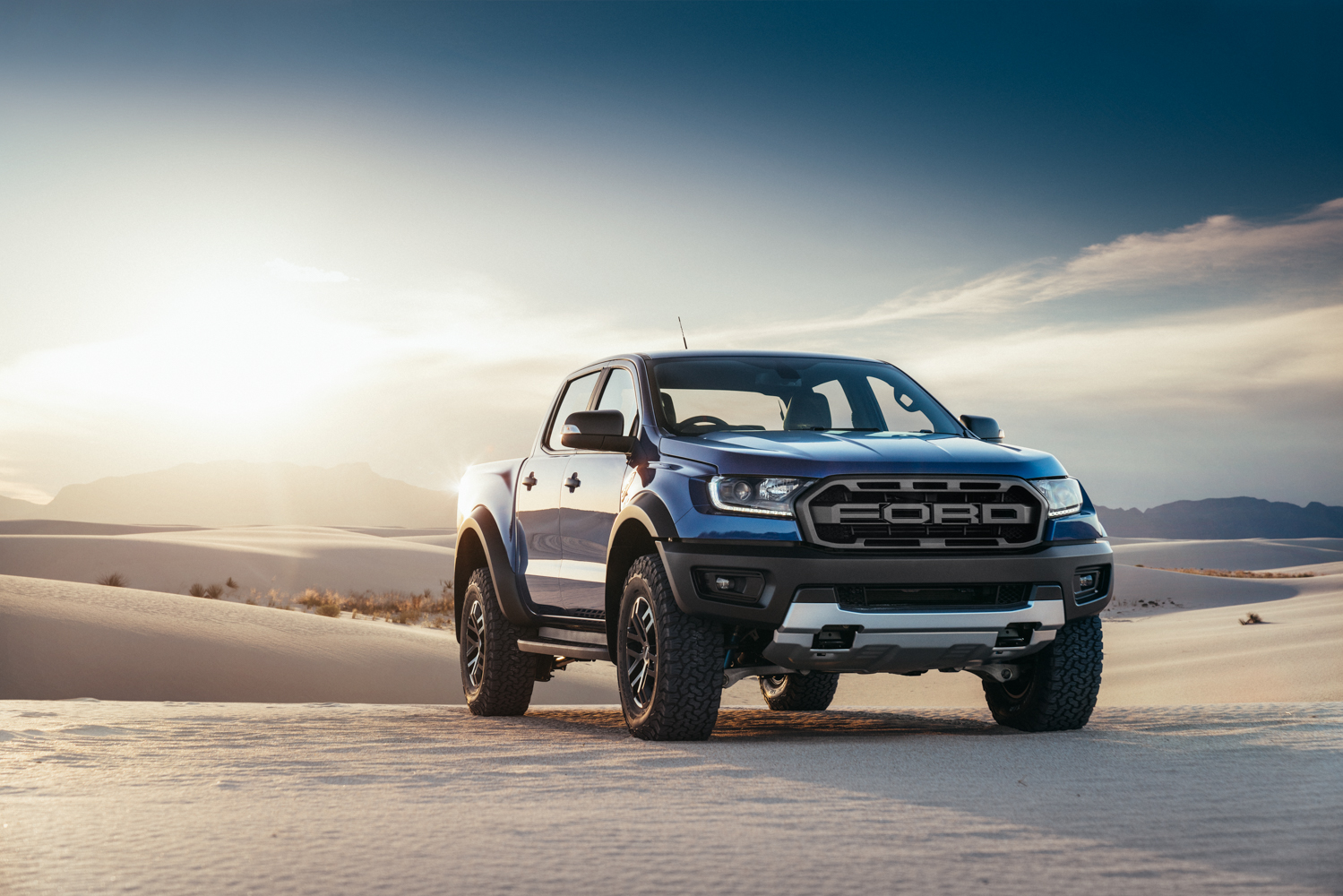
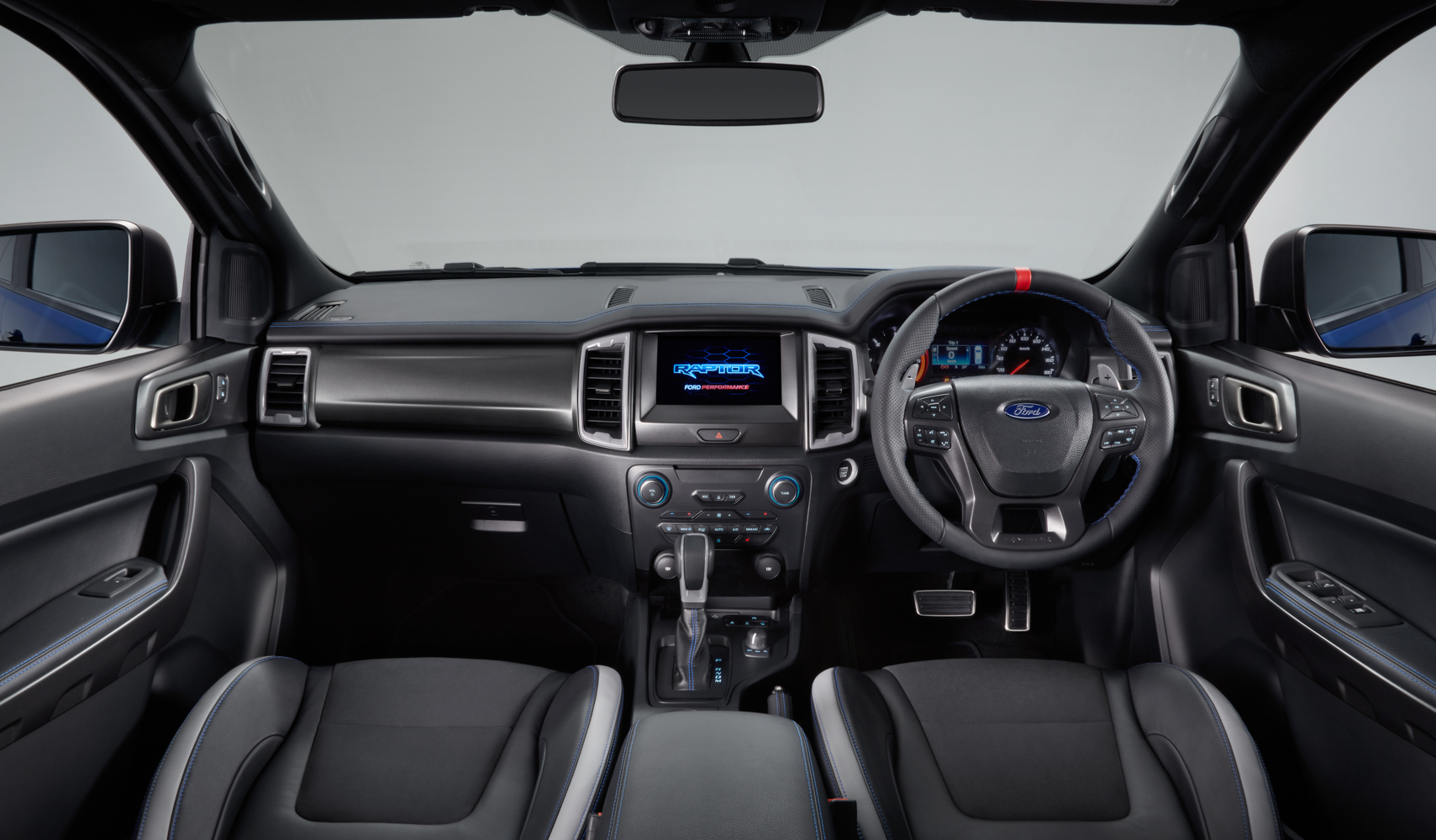
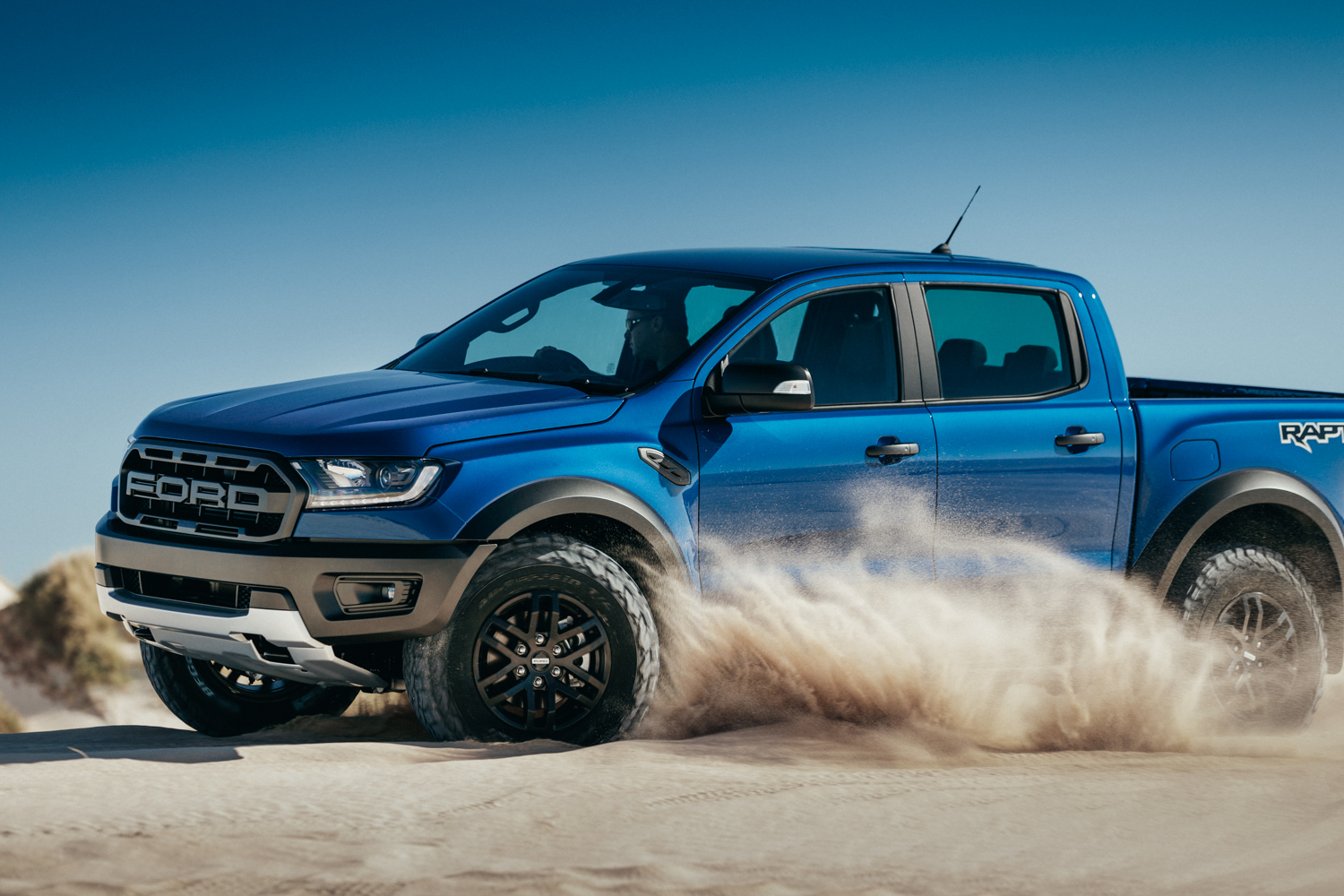
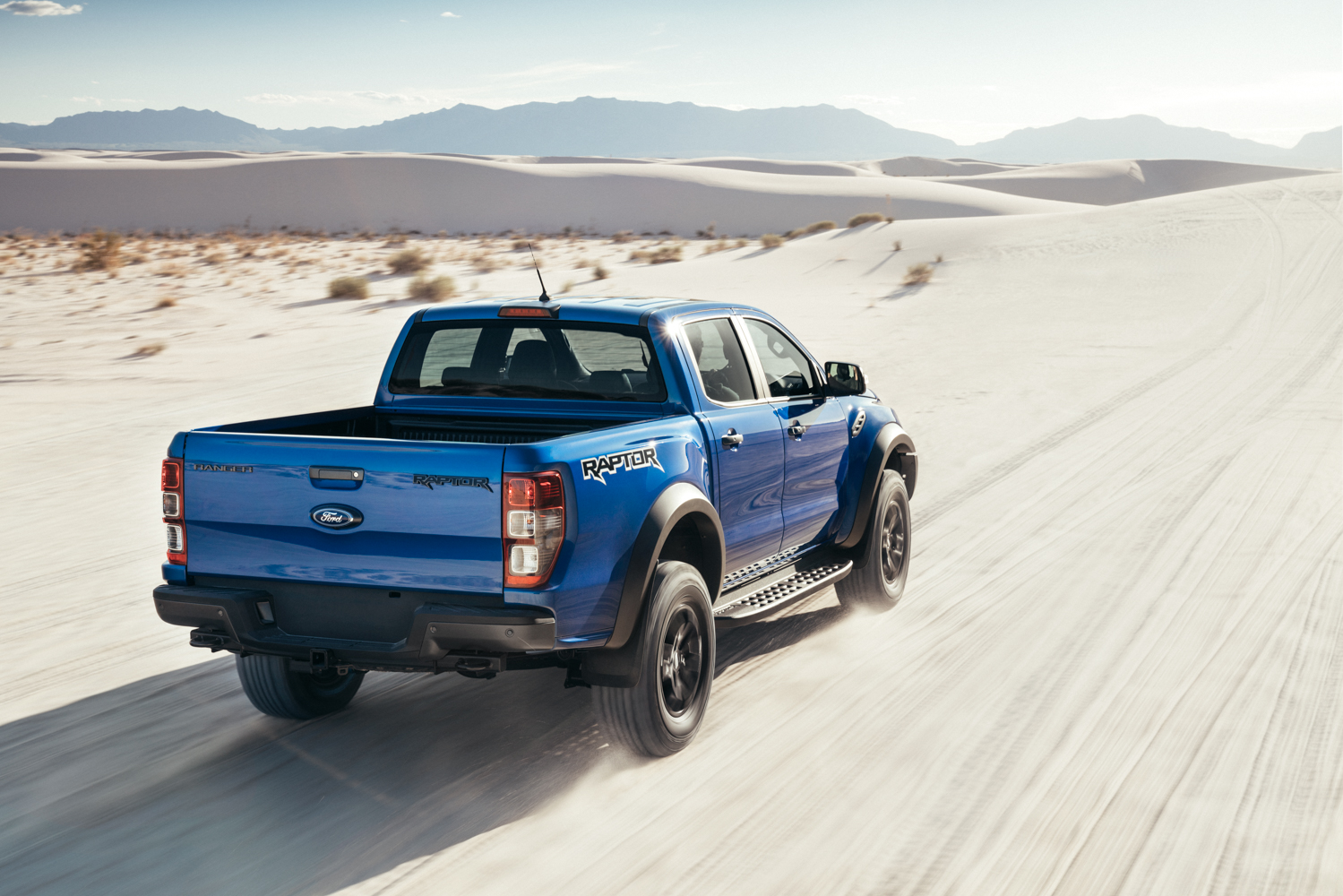
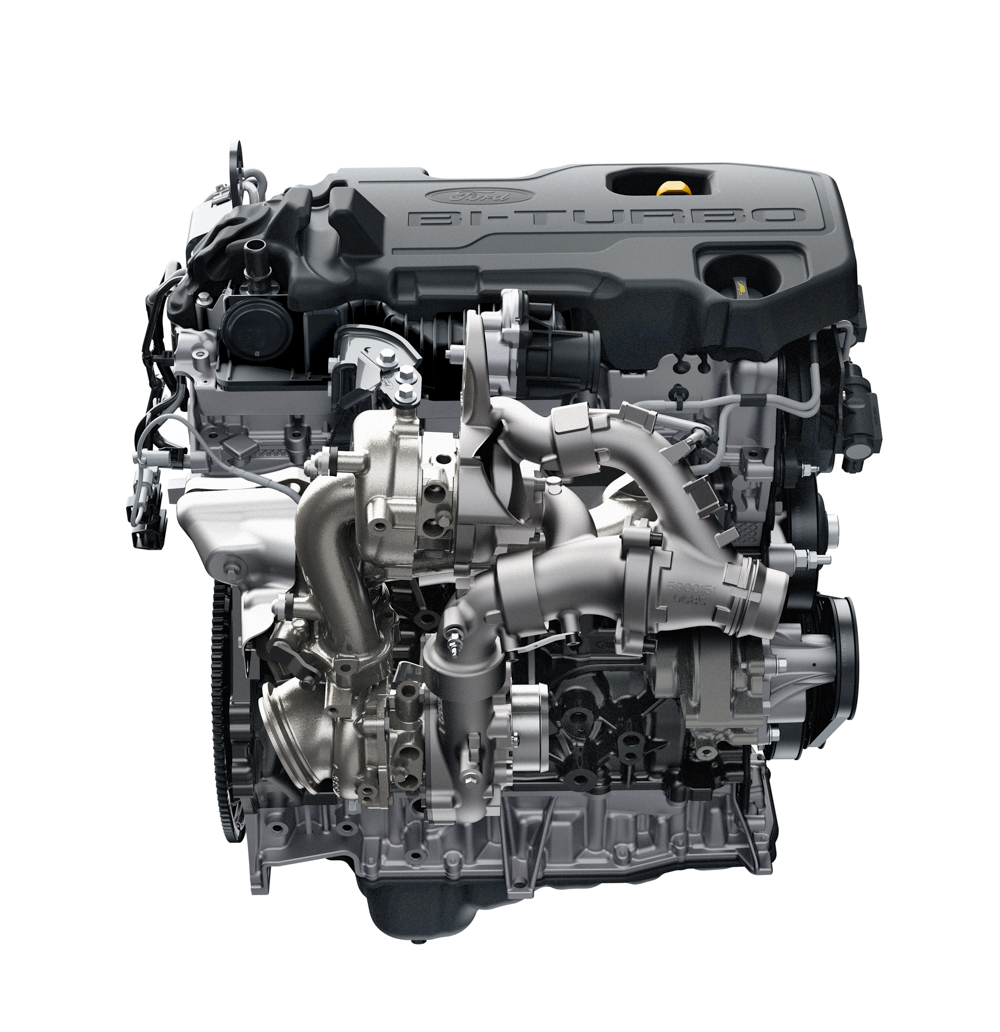
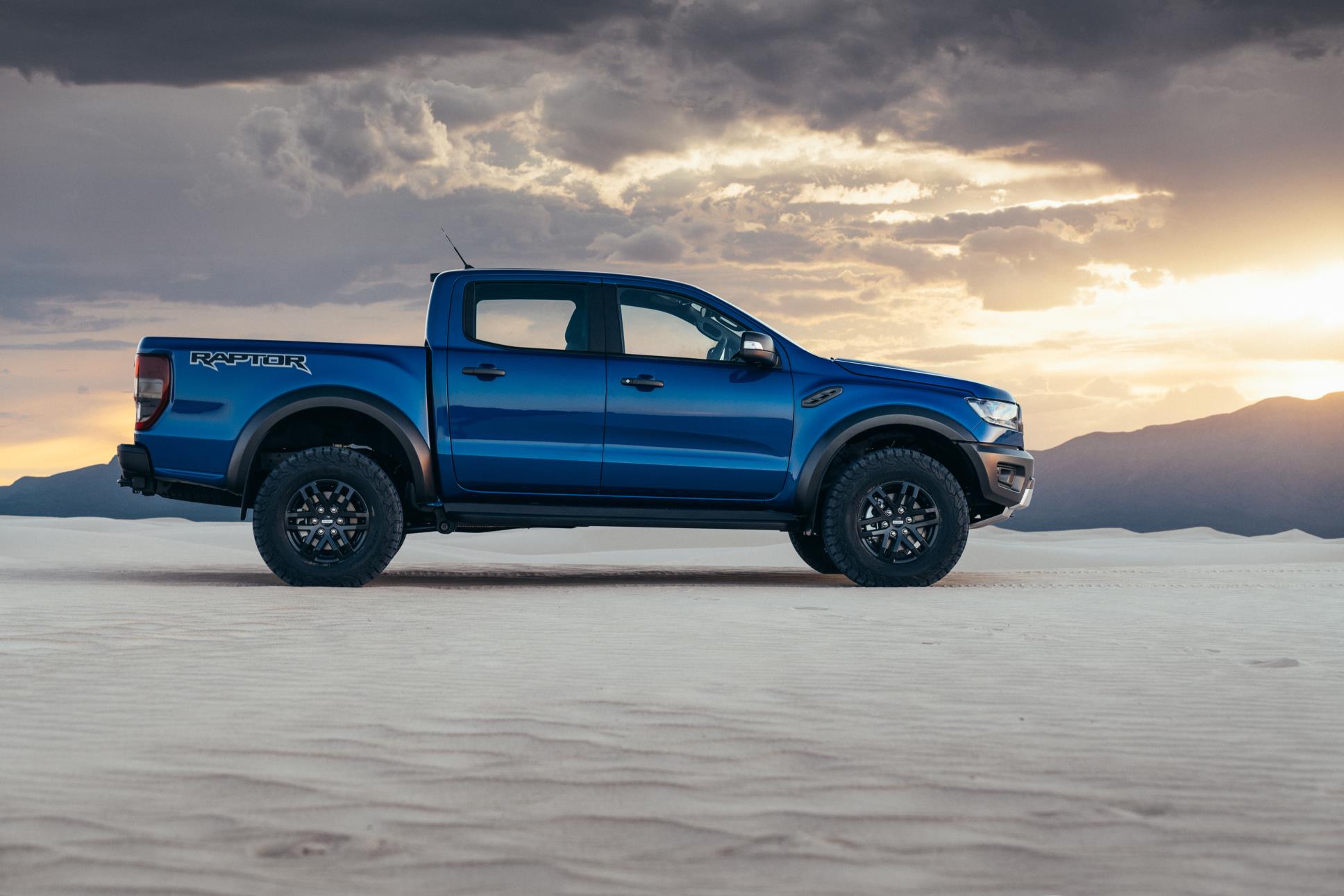
RAPTOR accreditation has been meted the Ranger, but it still falls short of having the bite of the Ford truck that co-shares the special name and also lends significant styling cues.
The Ranger Raptor revealed in Thailand today will be on sale in New Zealand later this year, entering as a new flagship model above the $70,000-plus Wildtrak that presently leads the family.
Ford New Zealand has not provided a launch timing or given any indication of where the Raptor will price, though there is conjecture it might well command a premium of at least $10,000 over the Wildtrak.
The new model derives its butch styling from a genuine American hero truck, the F-150 Raptor, and also picks up some engineering tweaks from that rig.
However, North American media have immediately nominated the Thailand-sourced Ranger model being called a baby Raptor, on the grounds that it doesn’t have the same engine, fuel type and firepower given the North American original.
The Ranger takes a 2.0-litre bi-turbo diesel engine making 157kW and 500Nm of torque, a considerable increase over the standard Ranger’s 3.2-litre five-cylinder.
However, the fan base for the North American Raptor will see it as no threat – their F-150 gets a 3.5-litre bi-turbo V6, cracking out 335kW and 691Nm.
The Ranger Raptor’s power and torque outputs are below those for the Amarok V6 that has established as the power truck of choice for Kiwis over the past year.
Ford has not cited specific performance figures for the Ranger, but as a reference point, the F-150 cracks out 0-100kmh in a sportscar-like five seconds and tops out at 170kmh.
Both Raptors share a new 10-speed automatic that has been programmed to allow a full manual shift with steering wheel paddles.
The Ranger Raptor also apes it American cousin by introducing a selection of driving modes: Normal and Sport for road use plus four for off-road running – these being Grass/Gravel/Snow, Mud/Sand, Rock and Baja.
The latter is a tune that allows for high-speed off-road performance, just like drivers need in the famous Baja Desert Rally, Ford suggests. In this mode, vehicle systems like Traction Control are pared back in terms of intervention to allow spirited off-road driving without fighting the vehicle’s on-board systems.
Beneath the skin, the Ranger Raptor is very different to the current versions of the regular editions, in that it gets a new coilover rear suspension utilising a Watt’s link setup with solid rear axle.
There is still talk that the regular Ranger will adopt a much revised rear suspension in the facelift format that is also expected to show this year – how well that times into the Raptor release is not clear – but whether it follows the same path has yet to be outlined.
Ford has reinforced that Ranger Raptor has been engineered to
withstand high-impact off-road events. The frame consists of various grades of high-strength low-alloy (HSLA) steel and the stiffened side-rails are made from increased HSLA grade steel to absorb off-road high speed impacts.
Damien Ross, Chief Programme Engineer, Ranger Raptor, Ford Motor Company, says: “From a driving dynamic fun standpoint, it is really an exceptionally special vehicle.
“Raptor’s race-bred suspension has been specifically crafted to tackle undulating terrain at high-speed while remaining in complete control and comfort.
“The Position Sensitive Damping (PSD) shock absorbers (dampers) provide higher damping forces at full jounce and rebound to enable better off-road capabilities, and lower damping forces in the mid-travel zone for a class leading plush ride during on-road trips,” Ford said.
Like those on the F-150 Raptor, the dampers are by Fox Racing Shox with 46.6mm piston for front and rear.
Wrapped around the 17-inch alloys are All-terrain BF Goodrich 285/70 R17 tyres, also said to be specially developed.
Ranger Raptor also comes with underbody protection, including a bash plate measuring 2.3mm thick and made of high-strength steel.
The biturbo diesel engine uses the smaller turbo to handle the instant off the line grunt. The larger turbo takes over higher in the rev range, the aim is to dial out turbo lag.
Like the F-150 Raptor, the Ranger gets a bespoke grille with bold FORD lettering – an after-market option, already, for current Ranger. Will there be confusion?
The front bumper includes LED fog lamps with “functional” air-curtain ducts, which help to channel air around the body. The front fenders are made from composite materials, which better handles knocks.
The blistered guards are necessary for the long-travel suspension and oversized tyres. The side steps are hardy enough to be rock sliders and are constructed from aluminium alloy die-cast.
The vehicle is bigger than a garden variety Ranger, measuring 1873mm tall, 2180mm wide and 5398mm long, with wider front and rear tracks at 1710mm. Ground clearance is increased to 283mm, while the approach angle of 32.5 degrees, ramp over angle of 24 degrees and departure angle of 24 degrees put it at the top of the production vehicle pick-up segment.
At the rear, a modified rear bumper comes with an integrated tow bar and two recovery hooks rated at 3800kg, the front hooks are rated to 4500kg. The tray measures 1560mm x 1743mm tray while the maximum braked towing capacity is 2500kg.
The cabin has sports seats covered in “technical suede” with blue stitching and leather accents. The steering wheel has magnesium shift paddles. The steering wheel also bears an on-centre marker.
In terms of safety, the Ranger Raptor gets rollover mitigation, stability and traction controls, as well as trailer sway control, hill start assist, hill descent control and load adaptive control. There are also airbags and a reversing camera with rear parking sensors, the image is projected onto the 8.0-inch infotainment touchscreen which offers Sync3 and Apple and Android connectivity.
















